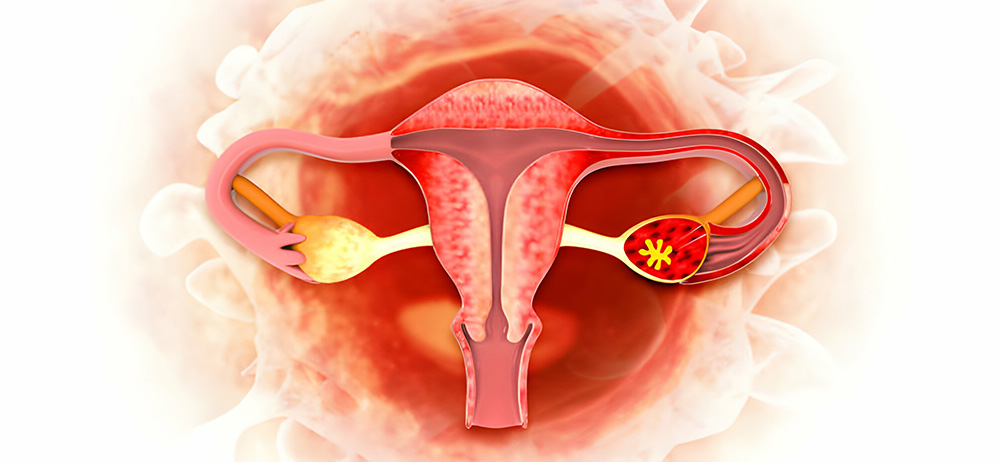
Uterine fibroids are a common type of noncancerous tumor that can grow in and on your uterus. Not all fibroids cause symptoms, but when they do, symptoms can include heavy menstrual bleeding, back pain, frequent urination and pain during sex. Small fibroids often don’t need treatment, but larger fibroids can be treated with medications or surgery.
There are different types of uterine fibroids depending on where they’re located and how they attach. Specific types of uterine fibroids include:
Larger fibroids can cause you to experience a variety of symptoms, including:
When it comes to surgical interventions for fibroids, the choice of surgery depends on various factors such as the size, location, and number of fibroids, as well as the severity of symptoms. Here are common surgical treatments for fibroids:
The choice of surgery depends on factors such as the patient's age, desire for future fertility, the size and location of fibroids, and the severity of symptoms
For more information please contact Laxmi Advanced Womencare @ +91-7304075735 / charmithakker@yahoo.com